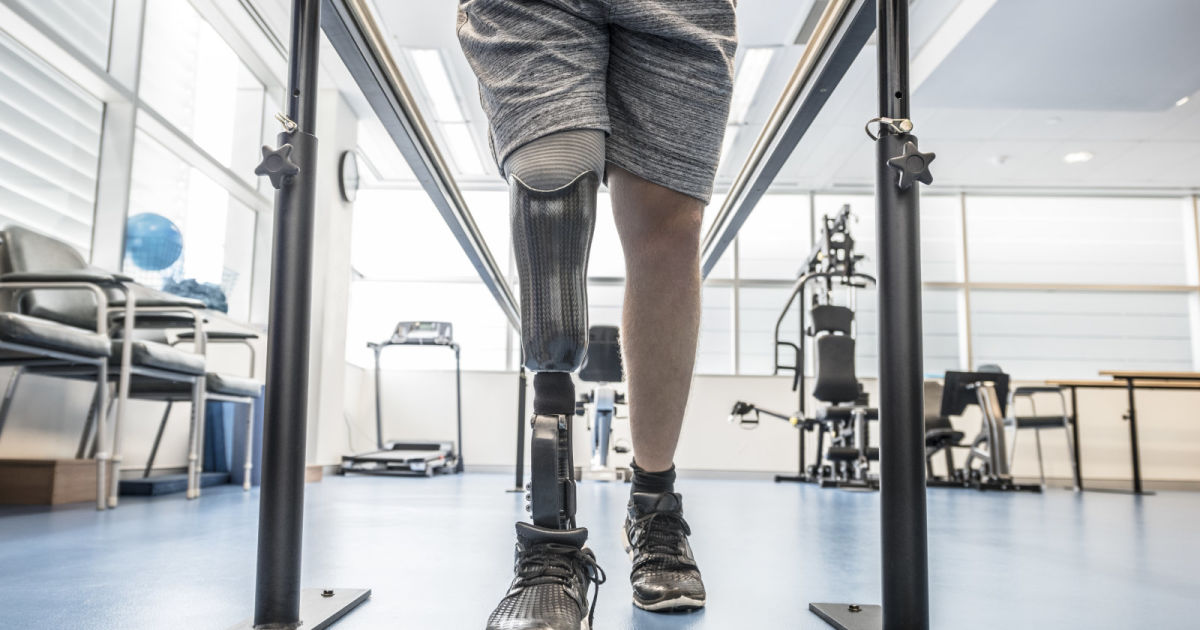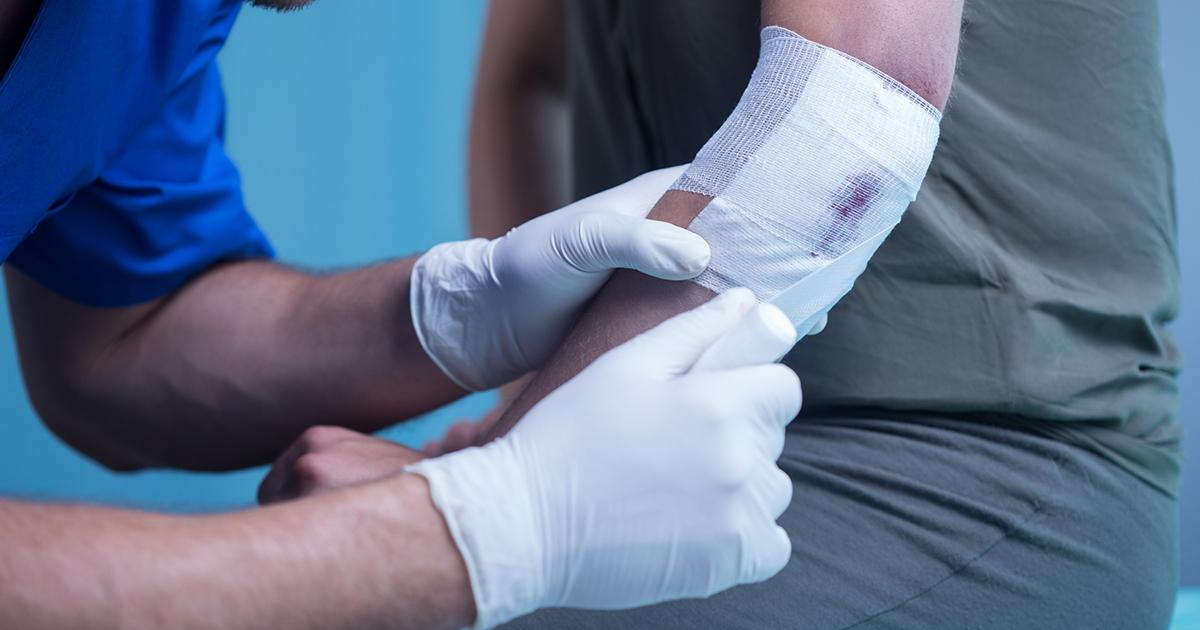What Causes Osteomyelitis?
Osteomyelitis, an infection of the bone, can range in severity. For some individuals, the condition causes no symptoms, while for others it can be painful, causing fevering, swelling, and localized pain. Previously, osteomyelitis was incurable, and while this isn’t the case today, treatment is most effective when it is performed swiftly and directly. As such, knowing what can cause or contribute to osteomyelitis is vital to help your doctor determine what may be ailing you and provide faster, more specific treatment. Osteomyelitis is most often caused by staphylococcus bacteria, a type of germ found on the skin or even in the noses of healthy individuals. The infection primarily occurs when the bacteria spread to a weak spot in the bone in one of the following ways.
Infected Prosthesis

A severe bone fracture or puncture wound, one that may require extensive treatment and result in a prosthetic limb, provides germs a direct route into the bone and surrounding tissue. While many precautions are taken to avoid the spread of infection during surgery to repair broken bones, replace worn joints, and restore functional limbs, this form of surgery can inadvertently be a direct path for germs to enter the bone.
An infected prosthesis or other implanted orthopedic hardware is an extreme risk factor for infection. So if you’ve had either, it is important to take the necessary precautions to protect yourself from germs. Take antibiotics as directed by your doctor following surgery. Be sure to change dressings frequently or as directed by your physician, and avoid animal bites or other incidents that could provide a greater pathway to infection.
Keep reading to reveal more causes of osteomyelitis now.
Infected Puncture Wound

A wound that occurs as the result of something sharp and pointed penetrating the skin is known as a puncture wound. While this type of injury may not bleed much due to the small opening in the skin, it is particularly susceptible to infection, including osteomyelitis. The danger of an infected puncture wound is many of the items that cause the injury are covered with any number of germs, including those that cause bone infection.
To protect yourself from osteomyelitis caused by an infected puncture wound, take care when exposed to environments where the risk of this type of injury is great. Be careful when working with old lumber or other material that may contain rusty nails and similar material. Also, wear protective gear when you’re outside working or hiking and may be exposed to an animal bite. Also be sure to treat puncture wounds promptly and contact your doctor if you suspect an infection.
Keep reading to discover more causes of osteomyelitis now.
